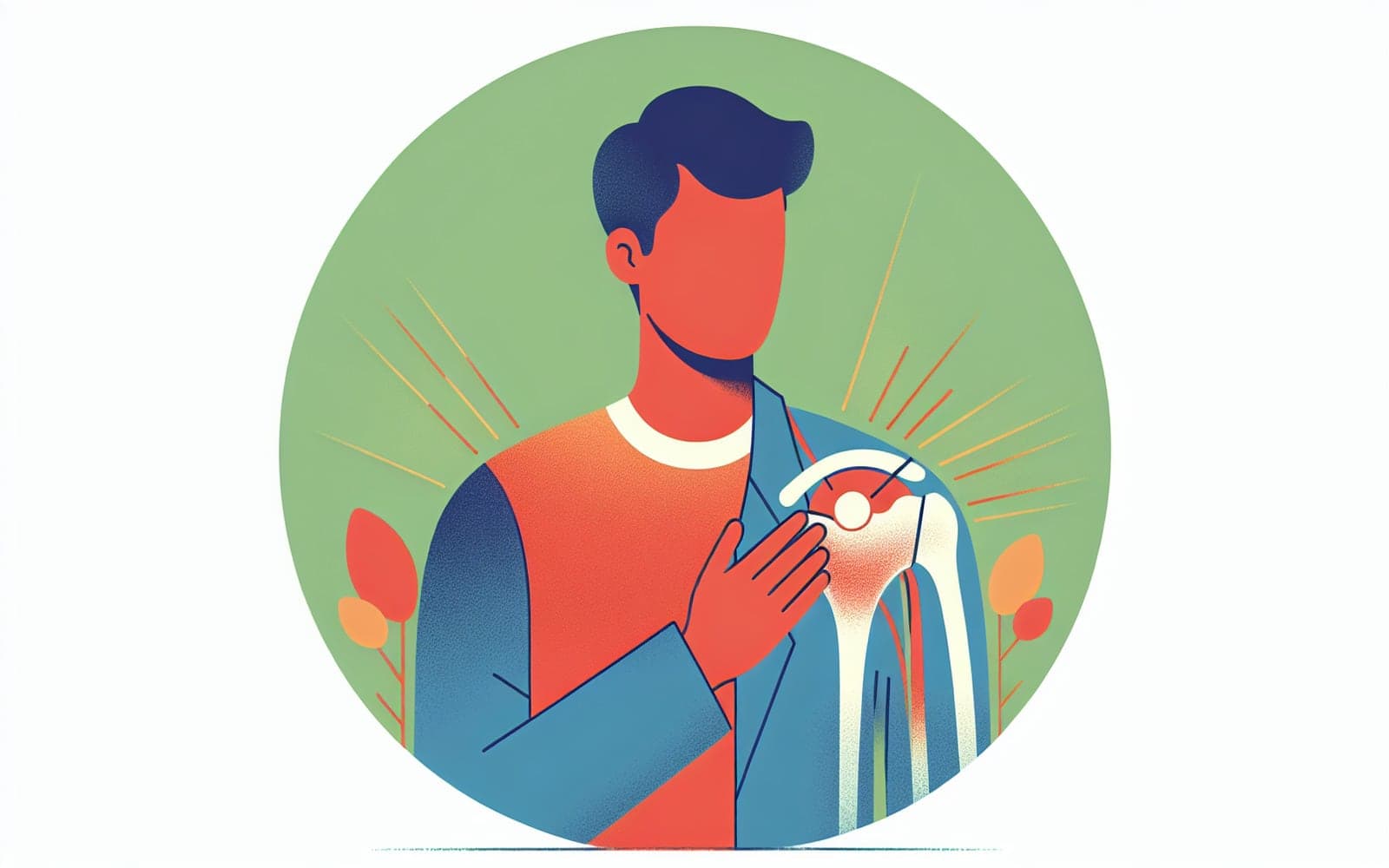What Exactly Is a Separated Shoulder?
Published: Mar 25, 2024
Understanding the ins and outs of acromioclavicular joint injuries can help you identify symptoms and seek proper treatment.
Contents
The Anatomy of the AC Joint
The acromioclavicular (AC) joint is where the collarbone meets the highest point of the shoulder blade. It's held together by strong ligaments but is susceptible to injury due to its position. When these ligaments are damaged, it can lead to a 'separated shoulder,' often caused by falls or direct blows.
Types of Shoulder Separation
There are six types of AC joint injuries, ranging from mild (Type I) to severe (Type VI). Type I involves a sprain, while Type III includes complete tears of ligaments. Types IV to VI are more serious and often require surgical intervention due to extreme dislocation and potential damage to surrounding structures.

Common Symptoms and Diagnosis
Symptoms of a separated shoulder include pain, swelling, and visible deformity. Diagnosis typically involves a physical exam and imaging tests like X-rays. These help determine the type and severity of the injury, which is crucial for deciding the treatment path.
Frequently Asked Questions
It's an injury to the ligaments of the AC joint.
Through physical exams and X-rays.
Pain, swelling, and shoulder deformity.
Only severe types (IV-VI) typically need surgery.
The Bottom Line
Recognizing the symptoms early can lead to better outcomes in treating a separated shoulder.
References
- Rockwood, CA, Williams, et al. Disorders of the AC join. In: The Shoulder, WB Saunders, Philadelphia 1998.
- Pallis M, Cameron KL, Svoboda SJ, Owens BD. Epidemiology of acromioclavicular joint injury in young athletes. Am J Sports Med 2012; 40:2072.
This article has been reviewed for accuracy by one of the licensed medical doctors working for Doctronic. Always discuss health information with your healthcare provider.
AI Doctor Visit Required
Appointments available 24/7
15-min consultation. No hidden costs.
AI Doctor Visit Required
For safety reasons we have been forced to end this consultation.
If you believe this is a medical emergency please call 911 or your local emergency services immediately.
If you are experiencing emotional distress, please call the the Suicide & Crisis Lifeline at 988 or your local crisis services immediately.
Contact us
You can also email us at help@doctronic.ai
We aim to reply within 5-7 days
How likely are you to recommend Doctronic to friends or family?


